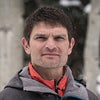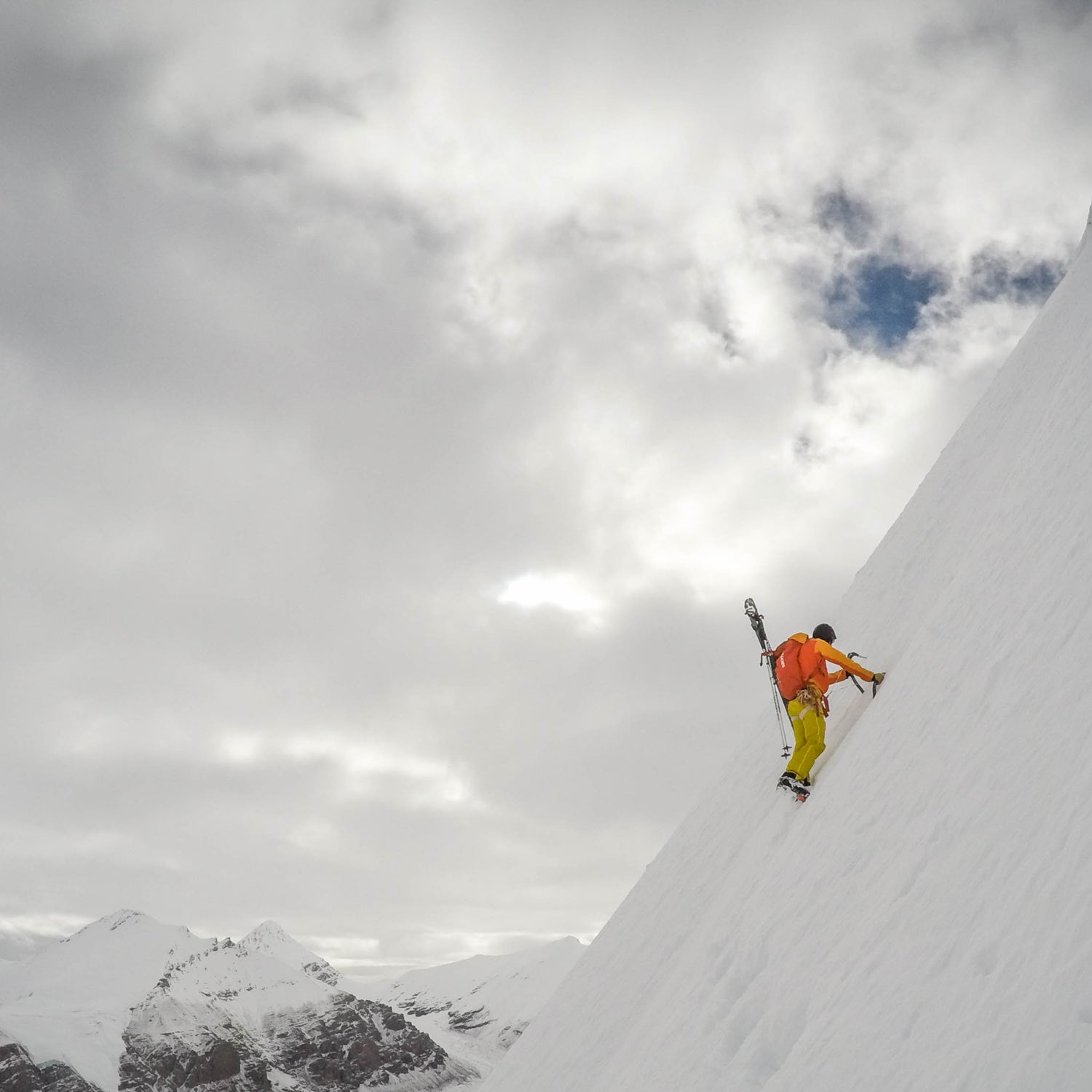After three years of unprecedented turmoil on the world's tallest peak, the scene at Everest returned to business as usual in 2016: tourists filled the surrounding valleys and villages, and more than 600 climbers summited. Now, with confidence restored and the 2017 spring climbing season about to begin, some believe we could witness history of a different kindÔÇöespecially because Everest permit extensions from the seasons lost┬áin 2014 (due to an avalanche) and 2015 (due to an earthquake) allow hundreds of climbers to attempt the peak this year on credit.
“I think 2017 could be the busiest season yet on Everest,” says Garrett Madison, a seven-time summiter whose company, , is leading 11 clients up the peak this spring. HereÔÇÖs what to expect this year.
Ueli Steck Returns
│žĚ╔ż▒▓§▓§╠ř▓╣▒˘▒Ŕż▒▓ďż▒▓§│┘╠ř▒ź▒▒˘ż▒╠ř│ž│┘▒│Ž░ý┬áand a young┬áNepali┬ámountaineer named┬áTenji┬áSherpa will attempt what┬áSteck is┬ácalling the “Lhotse┬áTraverse”┬áwithout supplemental oxygen.╠řIt's a new route that would link┬áEverest and neighboring┬áLhotse, the world's fourth tallest peak, using the never-repeated┬áEverest traverse┬ápioneered by Americans┬áTom┬áHornbein┬áand┬áWilli┬áUnsoeld in 1963. Hornbein and Unsoeld┬áascended┬áthe West Ridge from Camp 2,┬átraversed┬áover to the eponymous┬áHornbein┬áCouloir┬áon the north face, climbed that┬áto a snowfield that led to the summit, then descended to the South Col and returned to base camp.
Steck┬áand┬áTenji┬áwill┬ábreak from the 1963 route at the South Col┬áand follow an exposed traverse to the┬áLhotse┬áCouloir┬áthat was pioneered by┬áKazakh┬áalpinist┬áDenis┬áUrubko┬áin 2010. After┬ásummiting┬áLhotse, the pair intends to either return to Base Camp or, if they're feeling strong, continue their enchainment with a third peakÔÇöpossibly┬á25,791-foot┬áNuptse, a sharp skyscraper next to┬áLhotse, though┬áSteck┬áwouldn't say what his third permit is for.
It's┬áSteck's┬áfirst trip to Everest since 2013, when he, Simone┬áMoro, and Jonathan Griffith got┬áinto a fight┬áwith a group of┬áSherpas┬áon Everest. A verbal argument at 23,000 feet led to a physical altercation, and the trio abandoned the peak.╠řLost in the aftermath was the fact that Steck and his partners had been attempting the same route he will try again┬áthis year.╠ř
Kilian Jornet Wants a Record
After being thwarted by shoddy weather and unstable snow last fall on Everest, Spanish ultrarunner Kilian Jornet tried to get a permit for another attempt this coming fall, again from the north side. But the Chinese denied his request, so he bumped up his trip to this spring. He will again from Rongbuk, in China, (16,300 feet) to the summit, an ascent that he expects to take around 25 to 30 hours, he wrote in an email.
Pioneering a New Route
Also in Tibet, on the south face of Shishapangma, a Himalayan mountain that is the 14th highest peak in the world. It is the same route that Goettler and Steck tried last spring before bad weather shut them down. (Their trip also took on a new dimension when they discovered the bodies of Alex Lowe and David Bridges.)
Exploring the North Side
In the ongoing debate over whether it is better to access Everest from the north (via Tibet) or south (via Nepal), a major change to permit fees could sway opinions. The Chinese Tibetan Mountaineering Association┬áthis year raised its Everest fee for Western climbers by 32 percent, from $11,000 to $14,500, while Nepal kept its fee at $11,000. In addition, China imposed stiff limits on fall permit numbers and closed Shishapangma for the autumn, according to co-owner Eric Simonson. Most outfitters surveyed for this story remain committed to whichever side they have used in the past, with the northÔÇÖs less hazardous approach offset by more predictable permitting in Nepal.
Melting Glaciers
You've probably heard that the glaciers around Everest are melting. Well, in the European journal on geoscience, The Cryosphere, it is happening faster than everÔÇöand the rate is still accelerating. King and his research partner, Scott Watson, also just submitted a paper that shows the surface of the Khumbu Glacier has dropped in height┬áby as much as 230┬áfeet over the past 32 years.╠řDue to its disintegration,┬áKing and Watson predict the heavily used┬áKongma┬áLa Pass trail will become impassible by 2020 and will have to be rerouted around the glacier.
More Snapchatting
Meanwhile, longtime Everest guide Adrian Ballinger, a six-time summiter with oxygen, returns for his second attempt without supplemental oxygen after revamping his diet to improve endurance. He and Cory Richards, who summited last year, will at #everestnofilter.
New Firsts
Also on Everest, 50-year-old , while British climber Ian Toothill is trying to become (what he says would be) the first person with cancer to summit.


